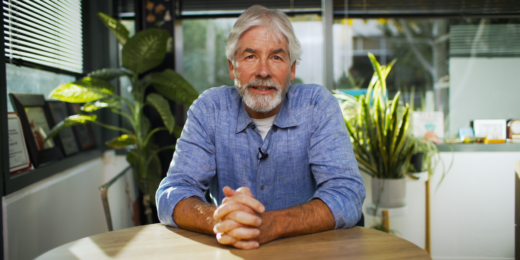Morrissey famously sang that every day is like Sunday; but when it comes to medical decision-making and patient outcomes, studies have suggested that all days of the week are not always the same.
Prithvi Mruthyunjaya, MD, an associate professor of ophthalmology at Stanford, decided to explore this idea in the context of eye surgery -- specifically how doctors choose to repair retinal detachments, based on what day of the week the condition was diagnosed and what day the procedure took place.
"There are well-known variations in how care is delivered in various settings based on the day of the week or even hour of the day," Mruthyunjaya told me. "So we were curious as to whether, in ophthalmology, this factor was significant."
He and his team built their study around cases of rhegmatogenous retinal detachment, a condition in which a retinal tear allows fluid to build up between the retina's sensory layer and support cells. It was a good condition for the study, he said, because it's the most common retinal emergency that needs surgery; it requires urgent intervention to preserve sight; and there are different methods to fix the injury -- most options require an operating room but one can be done in an outpatient setting.
To investigate, Mruthyunjaya, Stanford medical student Daniel Vail, and their colleagues Carolyn Pan, MD, and Suzann Pershing, MD, tapped into an expansive database of commercial insurance claims, scrutinizing details of care for more than 38,000 patients with rhegmatogenous retinal detachment.
The researchers tracked which of five repair approaches doctors took, ranging from sewing a small band into the eye to push the retina back into place, to draining the eye's gel and replacing it with a gas after fixing the tear. They then analyzed the relationship between the technique and the day of the week the patient was diagnosed and treated.
The study, published in JAMA Ophthalmology, found patterns in how ophthalmologists chose to employ a procedure called pneumatic retinopexy, a common method of repairing a retinal detachment that can be done in an outpatient setting or initiated in an emergency department.
As Mruthyunjaya explained, pneumatic retinopexy "is an office-based procedure that allows for placement of a gas bubble into the eye that expands once you put it in -- so it's a small bubble that becomes a bigger one -- and it basically pushes the retina back into place on the inside of the eye."
Once the detachment is repaired in that way, he said, doctors patch the retinal tear with a laser or freezing treatment.
According to the study, pneumatic retinopexy was more likely to be the chosen treatment when patients were diagnosed on a Friday, Saturday or Sunday. The technique also was more likely to be used when the surgery took place on a Friday, Saturday, Sunday or Monday. The researchers saw less variation by day of the week with the other approaches.
"Our hypothesis," Mruthyunjaya said, "was that there is an ease and a comfort in doing this pneumatic retinopexy technique that may make it easier to use that on the weekends or in times when you don't have access to the sophisticated equipment that's needed in the operating room to do retinal surgery."
Other data from the analysis also supported the premise that doctors tend to choose pneumatic retinopexy for cases that require the most immediate attention. For example, the study found that patients treated in an outpatient office setting had their operation more than 21 hours sooner on average than those whose procedure took place in a hospital, and nearly 32 hours faster on average than those being treated in an ambulatory surgical center.
However, patients receiving pneumatic retinopexy generally are more likely to require a second repair, Mruthyunjaya said. Additionally, according to the study, those undergoing pneumatic retinopexy on a Sunday were more likely to have a reoperation within 30 days than patients who had that procedure on a different day of the week.
Mruthyunjaya told me:
My takeaway is that retinal surgeons ultimately try to do the very best for all their patients, but there may be other factors -- at the level of the hospital or the health care system or the operating room -- that either restrict access or make it more challenging for physicians to engage in definitive procedures for their patients. To me, this opens a dialogue to try to understand: What are the barriers for physicians to do what they need to do when they need to do it?
Photo by tigerlily713




